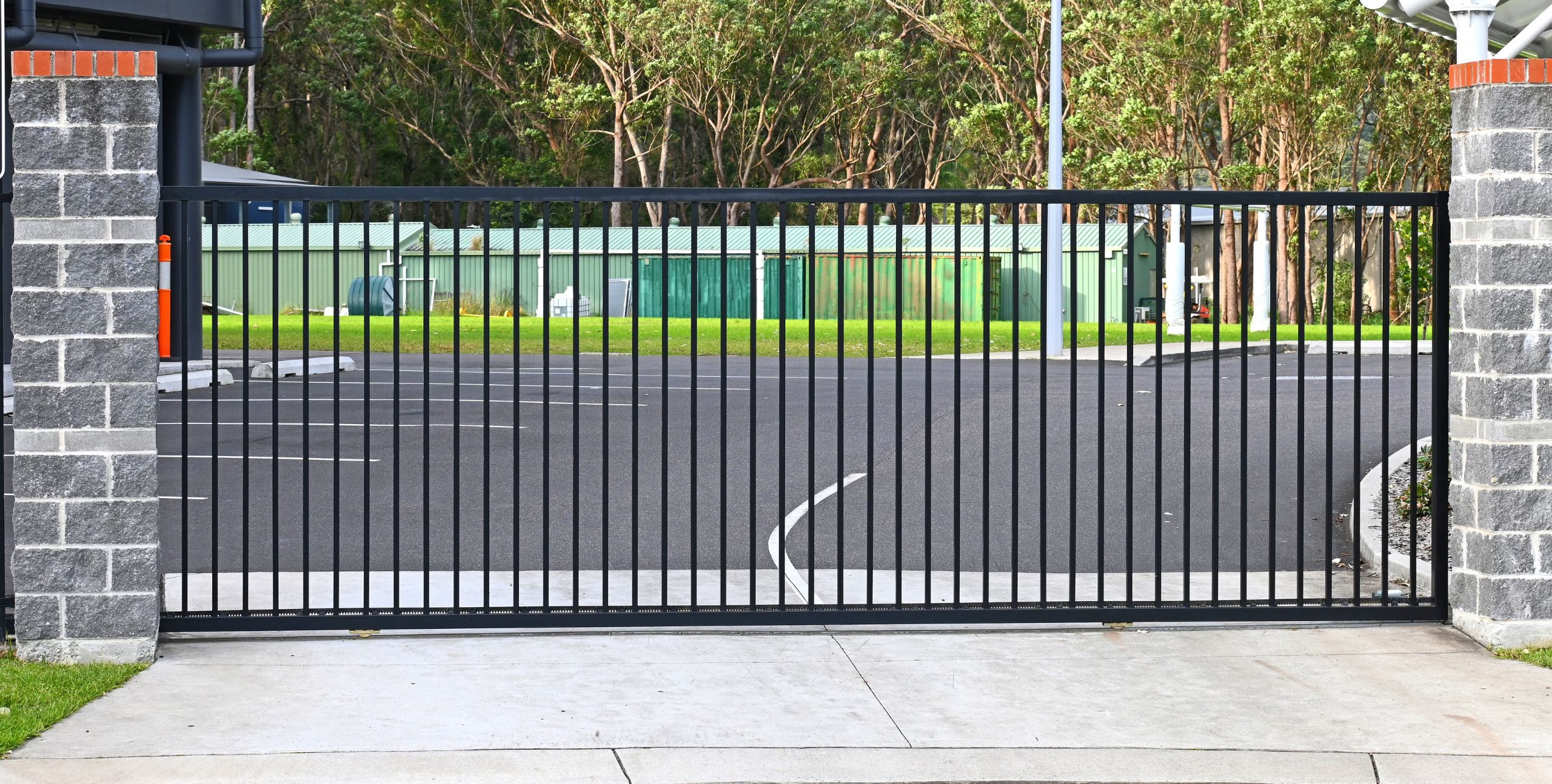Fortifying Security with Automatic Gates, Barrier Arms & Turnstiles
In today’s dynamic security landscape, integrating building access control systems with physical barriers such as automatic gates, barrier arms, and turnstiles is essential for fortifying security and enhancing efficiency. These elements form a critical line of defense, protecting the perimeter of your organization’s property and parking areas. By creating an additional layer of protection, these physical barriers effectively deter unauthorized access while enhancing the efficiency of access management. Moreover, integrating RFID systems brings a new dimension to operational processes, enabling seamless time and attendance tracking. This article delves into the multifaceted benefits of these security enhancements and their pivotal role in modern building access control systems.
The Importance of Physical Barriers in Building Access Control
Physical barriers such as automatic gates, barrier arms, and turnstiles are indispensable components of a comprehensive building access control system. They provide a tangible line of defense that complements security systems’ digital and automated elements. Here’s how each component plays a vital role:
Automatic Gates
Automatic gates are the first control point for vehicular access to a facility. These gates can be programmed to open only for authorized vehicles, ensuring that only those with proper credentials can enter. They are particularly effective in high-traffic areas, where manually managing entry and exit points would be impractical and inefficient. Automatic gates also offer the added benefit of keeping a log of all vehicles that enter and exit the premises, providing an audit trail crucial for security and operational purposes.
Barrier Arms
Barrier arms are commonly used in parking areas and entrance points to control vehicular access. They can be integrated with building access control systems to operate based on specific credentials, such as RFID tags or access cards. Barrier arms are highly effective in regulating traffic flow and ensuring that only authorized vehicles can pass through. They also serve as a deterrent to unauthorized vehicles, enhancing the facility’s overall security.
Turnstiles
Turnstiles are an excellent solution for controlling pedestrian access. These barriers can be integrated with various building access control technologies, including key cards, biometrics, and facial recognition systems. Turnstiles ensure that only one person can pass through at a time, which prevents tailgating and unauthorized entry. They are instrumental in high-security areas and can be customized to meet the facility’s specific needs.
Enhancing Efficiency with RFID Integration
Integrating RFID systems with physical barriers adds a layer of efficiency to building access control. RFID (Radio Frequency Identification) technology uses electromagnetic fields to identify and track tags attached to objects. When integrated with automatic gates, barrier arms, and turnstiles, RFID systems streamline the access management process in several ways:
Seamless Entry and Exit
RFID-enabled barriers allow for quick and seamless entry and exit. Authorized personnel or vehicles can pass through without manual checks or delays, which is especially beneficial during peak hours or in high-traffic areas.
Accurate Time and Attendance Tracking
RFID systems can accurately track employees’ time and attendance. When an employee enters or exits the facility, the RFID system logs the time, providing precise records that can be used for payroll, compliance, and operational efficiency.
Enhanced Security Monitoring
RFID technology enhances security by providing real-time data on who enters or exits the facility. This data can be integrated with other security systems, such as surveillance cameras and alarm systems, to provide a comprehensive security overview.
Operational Benefits of Physical Barriers
In addition to enhancing security, integrating physical barriers with building access control systems brings several operational benefits:
Reduced Need for Security Personnel
Automated gates, barrier arms, and turnstiles reduce the need for security personnel to monitor and intervene manually. This allows security staff to focus on more critical tasks, improving overall efficiency.
Streamlined Traffic Flow
Physical barriers help regulate traffic flow, both vehicular and pedestrian, ensuring smooth operations within the facility. This is particularly important in large organizations with multiple entry and exit points.
Cost-Effective Security Solutions
While the initial investment in physical barriers and RFID systems may be significant, the long-term benefits, such as enhanced security, reduced labor costs, and improved operational efficiency, make them a cost-effective solution.
At TruConnect, we specialize in delivering client-focused solutions that prioritize the safety and connectivity of your people and operations. Contact us today to learn more about our integrated security solutions and how we can help protect your organization with the latest building access control technology.
